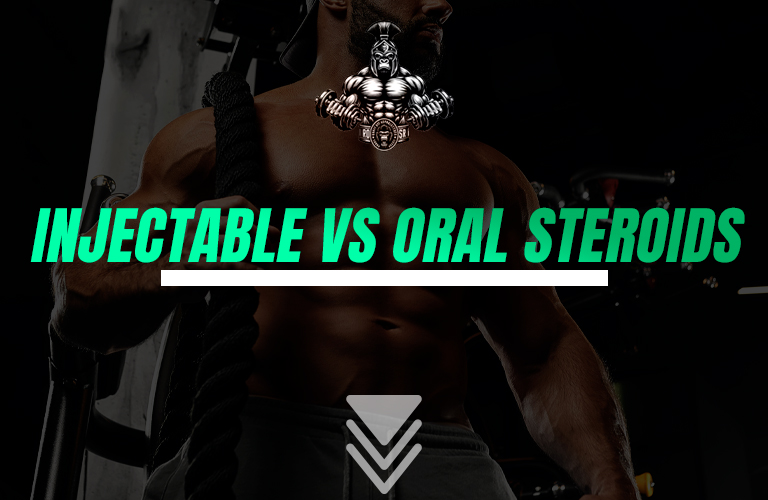
The pharmacokinetics and pharmacodynamics of anabolic steroids significantly differ between oral and injectable formulations, influencing their efficacy, safety profile, and application in both clinical and performance enhancement contexts.
Pharmacokinetics and Metabolic Pathways
Oral Anabolic Steroids exhibit distinct pharmacokinetic properties primarily due to the structural modifications (e.g.,methylation at C-17) that enhance oral bioavailability. These alterations, however, impose a considerable hepatic burden, precipitating hepatotoxicity risks. The rate of absorption, peak plasma levels, and half-life of oral steroids can significantly vary, impacting dosing schedules and systemic exposure. For the most part, most oral steroids are going to need to be dosed two to three times per day due to their short half-life.
Injectable Anabolic Steroids are characterized by their esterification, influencing their solubility and release rate. The ester length can modulate the drug’s half-life, ranging from days to weeks, thus affecting the frequency of administration. Injectable steroids bypass first-pass metabolism, reducing hepatotoxicity risk but not eliminating complications related to long-term steroid use.
Efficacy and Anabolic-to-Androgenic Ratios
The efficacy of anabolic steroids in muscle hypertrophy and performance enhancement is partly dictated by their anabolicto-androgenic ratios. Injectable forms, due to their prolonged half-life and steadier blood concentrations, may provide a more sustained anabolic environment. This could translate to enhanced muscle protein synthesis over time, compared to the pulsatile exposure seen with oral steroids.
Safety Profile and Adverse Effects
While oral steroids pose a pronounced risk for hepatotoxicity, injectable steroids are not devoid of adverse effects. The route of administration with injectables may lead to complications such as injection site infections, abscess formation, and in the case of trenbolone, irritation of the lung tissue known as “Tren Cough.” Moreover, the systemic side effects, including cardiovascular strain, lipid profile alterations, and endocrine disruptions, are pertinent to both forms, albeit with varying degrees and mechanisms of action.
Clinical and Non-Clinical Implications
In therapeutic settings, the choice between oral and injectable steroids hinges on the clinical condition, desired pharmacokinetic profile, and risk-benefit assessment. For performance enhancement, injectables are often favored for their sustained release and lower hepatotoxicity, though oral steroids are sometimes preferred for short-term gains due to their rapid onset of action. Also, oral steroids have a much faster clearing time, which is of particular interest to the drugtested athlete.
Future Directions in Steroid Use and Research
Emerging research into selective androgen receptor modulators (SARMs) and tissue-selective anabolic agents presents a potential shift in the paradigm of steroid use, aiming to maximize therapeutic effects while minimizing adverse outcomes. Advanced practitioners and coaches are encouraged to stay abreast of these developments, as they may redefine the landscape of anabolic steroid use in both medical and athletic domains.
The decision to utilize oral versus injectable anabolic steroids involves a complex interplay of pharmacokinetics, efficacy, safety, and individual goals. Advanced understanding and continuous research into these agents will further refine their use, enhancing therapeutic outcomes and mitigating risks.


